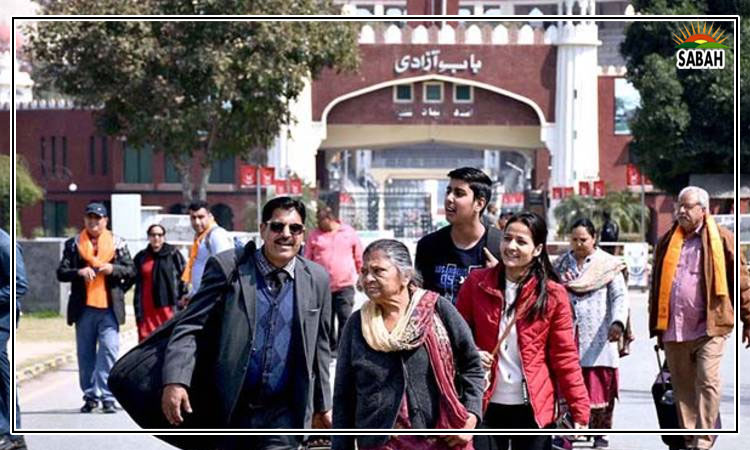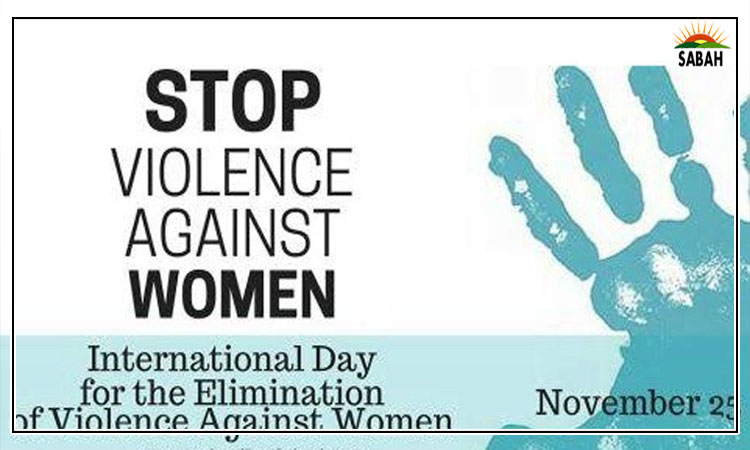The gendered costs of climate change…Ayiza Rahman
The 2022 floods were a case study on: a) how changing weather patterns will dramatically escalate disasters in magnitude and frequency and exacerbate the human and economic cost; b) the systemic and institutional gaps in tackling climate-induced events; and c) Pakistans disaster unpreparedness and incapacity. Every monsoon season is a brutal reminder of similar catastrophes, but has anything changed for the better?
The climate crisis is so gargantuan in scope and scale that the finer details, such as the disproportionate effect on women, are often relegated or subsumed. There is an overwhelming body of evidence that shows this disparity across a wide variety of metrics, including but not limited to sexual and reproductive health, limited access to quality healthcare, learning losses, gender-based violence (GBV), exacerbated resource dependency, widening economic inequality, migratory imbalance, and consequently, intersectional vulnerabilities. This is particularly true for the indigenous and rural populations as observed in the 2022 floods.
Such large-scale disasters disrupt jugular healthcare infrastructure, obstruct the supply chain of womens healthcare needs (sanitary kits, pregnancy care, neonatal health units, contraceptives, abortion, menstrual hygiene), and create a range of multiplier effects. Unicefs flood response states that nearly 70 per cent of the total affected population in humanitarian emergencies are women and children, and women of reproductive age typically comprise a quarter of the total affected population and some 4-5 percent are girls aged 10-14 years.
The multidimensional effects of climate change on Sexual and Reproductive Health (SRHR) include menstrual health, period poverty, mental and emotional wellbeing, maternal health, safe abortion, right to privacy, freedom from coercion and sexual violence, safety against diseases, and the right to education regarding womens reproductive health to make safe and informed decisions for their bodies. As an example, in 2022, 650,000 flood-affected pregnant women faced extreme challenges with healthcare, with an estimated 15 per cent of them likely to experience health complications owing to the destruction of 1,915 health facilities.
The UNFPA reports the direct impact of exposure to high temperatures significantly disrupts menstrual cycles and worsens maternal and neonatal health outcomes, thereby resulting in increased likelihood of stillbirths. Another example of climate disasters compounding female health outcomes is that evidence has shown vector-borne diseases like malaria or dengue can also increase the risk of abortions and premature deliveries for pregnant women. Food insecurity driven by climate disasters leads to pregnant women suffering from undernutrition and dehydration, resulting in miscarriages, perinatal mortalities, preterm births, and leaving the mothers at risk of anaemia.
The aforementioned are but a subset of the gendered side of climate change and should be vital considerations in holistic disaster response frameworks. SRHR is a human right and core to sustainable development goals (SDGs), and thus critical to climate justice and closing the gender parity gap. As per the World Economic Forums latest data, Pakistan performed in the bottom percentile with an abysmal 36 per cent gender parity score.
The gendered costs extend far beyond SRHR, as displaced women taking refuge in makeshift disaster relief camps are also at risk of child marriages owing to loss of livelihoods and financial pressures on families. Female climate migrants are also more vulnerable to GBV, sexual abuse, and sex trafficking. About 8.3 million flood-affected women were living in disaster shelters post 2022 floods.
The UNDP Needs Assessments Report shows that the immediate disaster response mobilized healthcare units and services for immunization, against waterborne and vector-borne diseases, GBV, water sanitation etc. Womens healthcare needs, however, unique to SRHR, were predominantly overlooked. Community-led groups like Mahawari Justice and HER mobilized efforts to provide 20,000 and 7000 menstrual kits respectively to the flood-stricken populations.
Notable efforts have been made towards a gender-inclusive policy. For example, the adoption of the National Climate Change Policy in 2021 incorporated gender mainstreaming, and the Climate Change Gender Action Plan 2022 outlined key principles and steps integrating intersectional approaches towards adaptation and mitigation. This includes the individual needs of women and marginalized populations in the decision-making and programming processes.
Climate change must be recognized as a public health crisis that will compound gender and health inequities soon. Making space for women as agents of change in climate conversations and decision-making, and effectively implementing and monitoring the commitments in our national Gender Action Plan (2022) might just be the seeds that we need to sow a climate-resilient Pakistan.
We must go beyond band-aids that mitigate disasters in the short term and invest more into our national adaptation needs for the long term. Women-centric and intersectional approaches toward future climate solutions in Pakistan, catering to their unique healthcare and neglected SRHR needs in times of disaster, will be the needed step towards safeguarding our future, achieving climate justice, and helping bridge the invisible, burgeoning gendered cost of climate change.
The writer is a development and policy graduate from Habib University based in Islamabad. Her professional interests span climate change and its various
Courtesy The News












